The News-Hub/ Articles
Back to Articles
Recommended Articles
What’s in the Great Pacific Garbage Patch?
“STOP Plastic Pollution Quick. Don’t Make the Ocean Sick.” ~ Hitesh M.
Sadly, 13 million metric tons of plastic are thrown into our oceans every year. It starts with people tossing small plastics into the waterways. This litter eventually reaches the shorelines and is carried out into the ocean by currents and waves.
Where is the Great Pacific Garbage Patch?
How is the Great Pacific Garbage Patch Formed?
There are five gyres in the ocean, one in the Indian Ocean, two in the Atlantic and two in the Pacific, that create vortex-like accumulations of waste. A gyre is a system of circulating ocean currents, caused by the Coriolis Effect.
Currents and waves move plastic debris towards these systems, where they're gradually swept up into the centre of each gyre. Over time, these create pockets of waste in certain parts of the ocean. The Great Pacific Garbage Patch is a product of the North Pacific Gyre.
How Big is the Great Pacific Garbage Patch?
Unbelievably, the Great Pacific Garbage Patch is 1.6 million square kilometres in size, which means it's three times the size of France. Yes, that’s really how big the Great Pacific garbage patch is!
What Materials Are in the Great Pacific Garbage Patch?
Imagine a landfill site but in the sea. Unfortunately, all kinds of plastic debris, including microplastics, can be found in the ocean. There are plastic bags, shoes, caps and bottles, most of which do not biodegrade.
What Are the Impacts on Wildlife?
Plastic pollution has a direct and deadly impact on all wildlife and ecosystems, both on and off the land. Animals, birds and fish mistake pieces of plastic for food, which often leads to starvation, and many get easily tangled in our plastic waste. In fact, plastic waste kills up to 1 million seabirds and 100,000 marine mammals each year, and the sad fact is that that number is expected to rise every single year. So, what can we do to stop this devastation?
Take Action Today
It's pretty simple: we need to all come together and start living a more sustainable lifestyle. We also need to get rid of the throw-away mentality so many of us seem to have. Relying on recycling and waste management systems to deal with your plastic waste is simply not enough. We must vote with our dollars and only buy products that are as close to zero-waste as possible. And, where you have no option to buy sustainable products, make sure to dispose of your waste responsibly.
2 comments
Empty content. Please select category to preview

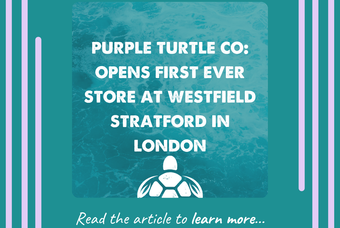
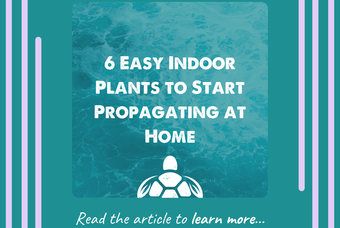
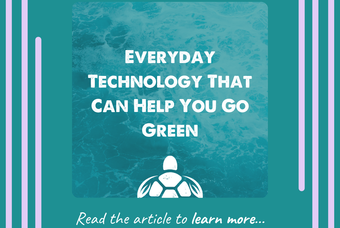
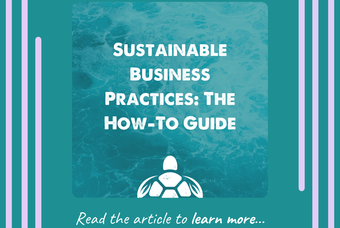
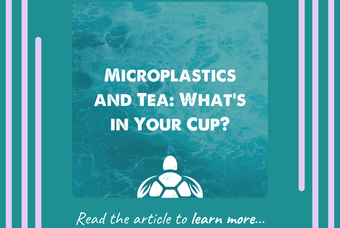
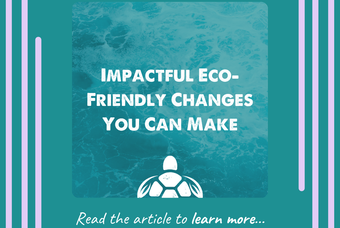
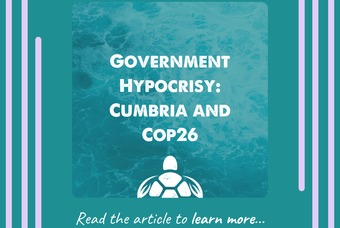
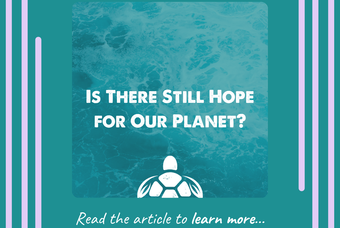
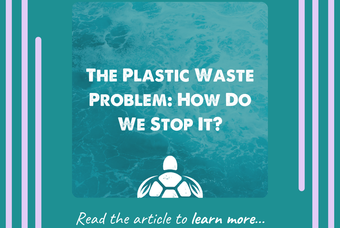
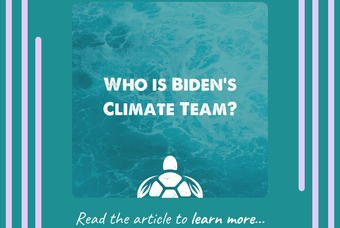
Soon to be president Donald Trump should have some boats for prisoners to clean up the GPGarbage Patch
And the first prisoners to work the boats should be the scammers and ID crooks that prey on people
I have lost a couple thousand to them and I know a 77 year old woman who lost $367,000 in life savings to one
She now lives on SS
Wow what an unimaginable mess. But what really mystifies me is that we haven’t yet decided to take this disaster emergency and turn the much needed recycling into a new world industry which could potentially create jobs for everyone. One of the first of such jobs being to get those “islands” out of the oceans.
You are right, we can’t rely on the systems for recycling that are currently in place. But thinking we have the option to “dispose of our waste responsibly;”…… How do we do that if the systems in place are incompetent. It all needs tweaking and improving .
Imagine if we decided to do that. just think of every facet involved. from building recycling plants to collecting the trash, transporting, sorting, making new stuff from the materials…….
Heck, People might even still manage to get rich on this or at least no longer be going slowly broke! For instance, the countries that still have mandatory military service could be sending all those personnel out to work on this. The countries without any draft could take a leaf from that book and start up something at home.
This is all a very rough draft. I don’t have an engineer’s degree . For all I know there are already plans in place to implement this very idea.
Here’s hoping!